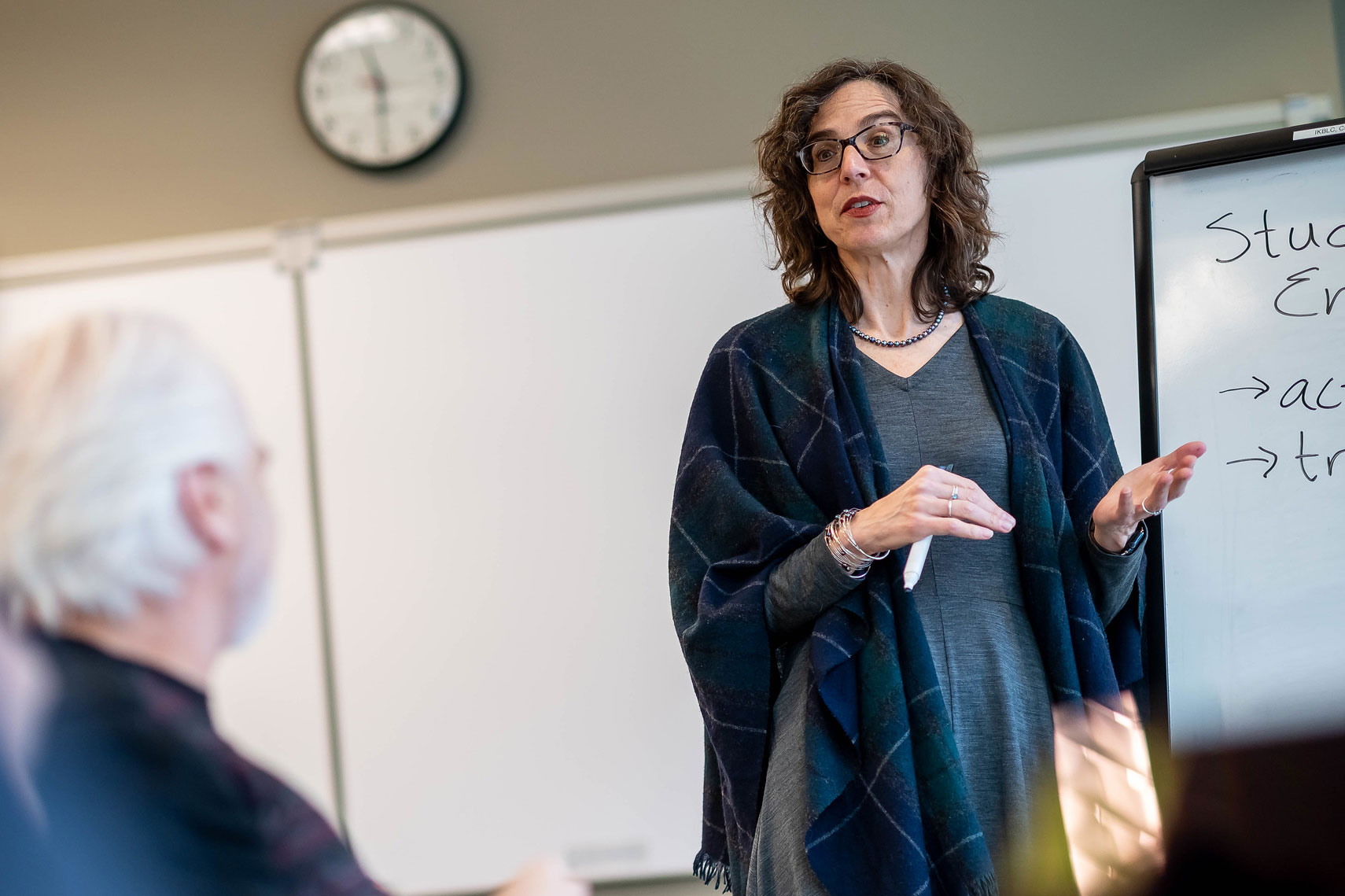
The Educational Leadership (EL) stream at the University of British Columbia was established in 2012 following agreement in Collective Bargaining in 2010. The shared aims were to build capacity for UBC to excel in the delivery of its educational mandate and to enhance the career progression for faculty who were Instructors / Senior Instructors. Establishing the new rank of Professor of Teaching served to recognize and promote teaching excellence parallel to research excellence, an approach that broke new ground in Canadian higher education at the time. The creation of the EL stream also introduced revised expectations for instructors and senior instructors in terms of engaging in educational leadership activities.
EL@10: An impact evaluation of 10 years of the Educational Leadership stream at UBC
The Educational Leadership Faculty Stream 10-year review project (EL@10), started in 2023, aimed to evaluate the impact of the introduction of this stream, identifying and highlighting successes over this period and highlighting future opportunities to support UBC's strategic goals.
The study, led by Dr. Simon Bates, was co-authored by Glory Apantaku, Debbie Hart and Antonia Tykei.
For any questions on this project, please contact:
- Debbie Hart, Senior Manager Strategic Projects, Office of the Provost and Vice-President Academic, or
- Dr. Simon P Bates, Vice-Provost and Associate Vice-President, Teaching and Learning



